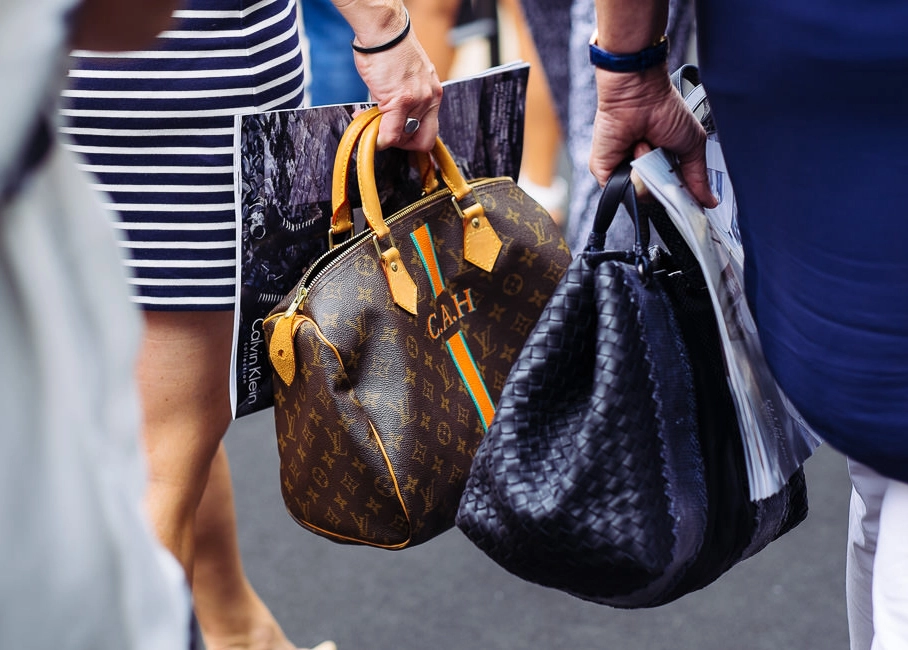Blog
Everything about Louis Vuitton Prints and Patterns
You may learn a lot about a bag by taking just a glance at it. To make their products stand out, fashion houses design distinctive prints. Due to its distinctive pattern, a Louis Vuitton bag will be easy to identify even while you’re standing in the bustling core of New York City.
Some of them are already recognizable. A Louis Vuitton-patterned bag is the ideal finishing touch for any look. It makes sense why fashionistas want them and why counterfeiters copy them. Today, we’ll discuss several Louis Vuitton patterns and different well-known Louis Vuitton prints, ranging from venerable designs from the past to more recent partnerships with contemporary artists who have captured the hearts of fans of designer handbags.
Classic Prints by Louis Vuitton
No matter how little a person may know about fashion, we firmly believe that they can identify recognizable Louis Vuitton patterns. The hot chocolate hues are rarely confused with those of any other brand, and the cost of the bags with these patterns only rises over time. Let’s explore the history of the iconic Louis Vuitton prints and discover more about them.
Louis Vuitton Monogram Canvas.
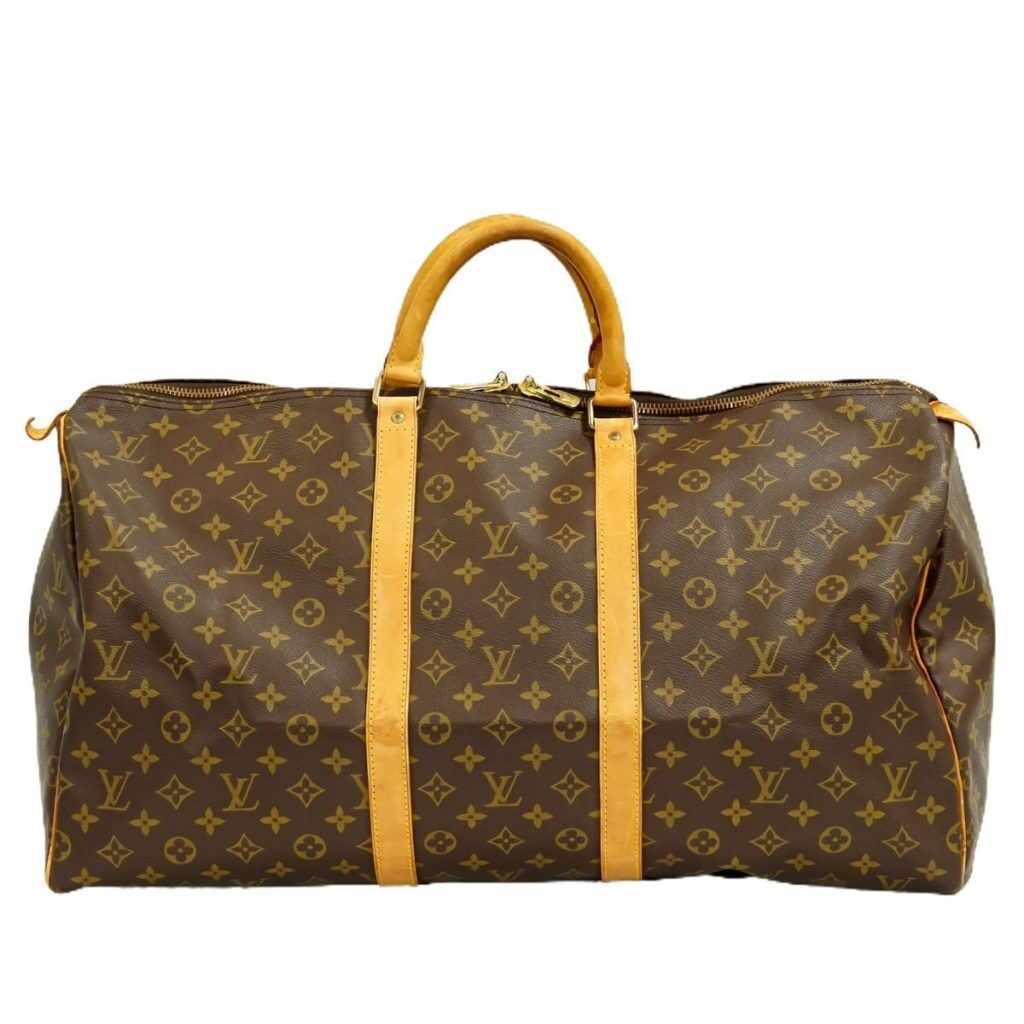
The fashion house’s first print release was the Louis Vuitton Monogram, which dates back to 1896 and has a rich heritage. George Vuitton, the late Louis Vuitton’s son, created the enticing interlocking letters LV Logo Pattern as well as the floral pattern. Rich travelers’ trunks formerly featured Louis Vuitton print, which was a prestige and opulence signal. Later, when the fashion house developed from its initial business of selling luggage to a vast empire of high-end accessories, Monogram print was employed on the most fashionable and well-known models.
Louis Vuitton Damier Ebene Canvas
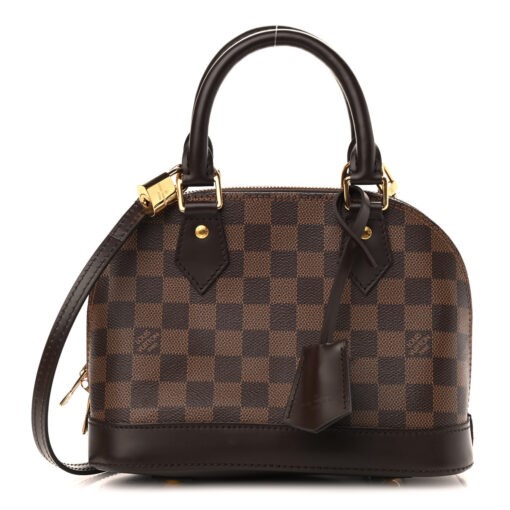
Fashion critics frequently debate whether Damier or Monogram is the more traditional Louis Vuitton pattern. Since we now find it impossible to conceive the fashion house without either of them, therefore the answer must be both. The same genius George Vuitton who created the previous Louis Vuitton print also created this one. The Damier Ebene Canvas was first launched in 1988. The French word for “chessboard” refers to the pattern’s alternating squares of two colors. After being released in two colors of brown 110 years later, the renowned Damier Ebene pattern quickly joined the ranks of recognizable LV designs.
Louis Vuitton Damier Azur Canvas.
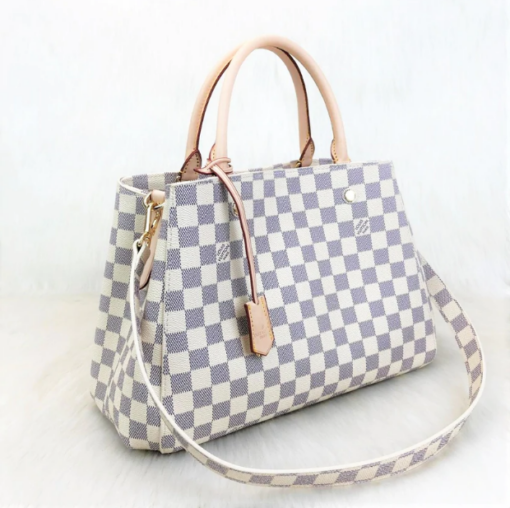
Although the Damier design was released in a variety of hues, only two of them went on to become iconic Louis Vuitton prints. White and navy blue squares are contrasted in Damier Azur. This feminine LV pattern, which was developed in 2006 and was inspired by the hues of the French Riviera, immediately captivated the hearts of Louis Vuitton devotees.
Louis Vuitton Vernis Leather.
Shortly after being named the head of the fashion house, Marc Jacobs debuted this Louis Vuitton graphic as his first contribution. When it hit the shops in 1998, it immediately became a big success. The
iconic Monogram Louis Vuitton logo pattern takes on a fresh appearance thanks to gleaming Vernis leather. By applying a patent finish to calfskin leather, this luminous look is produced.
Louis Vuitton Epi Leather.

Besides canvas, the epi leather is the material that is most frequently used to make bags. In 1920, while looking for strong materials with his son, George Vuitton had the thought to develop this Louis Vuitton pattern. It was first used as a tea case trunk material six years later. Epi leather now comes in practically all legendary Louis Vuitton bags.
Louis Vuitton Empreinte Leather.
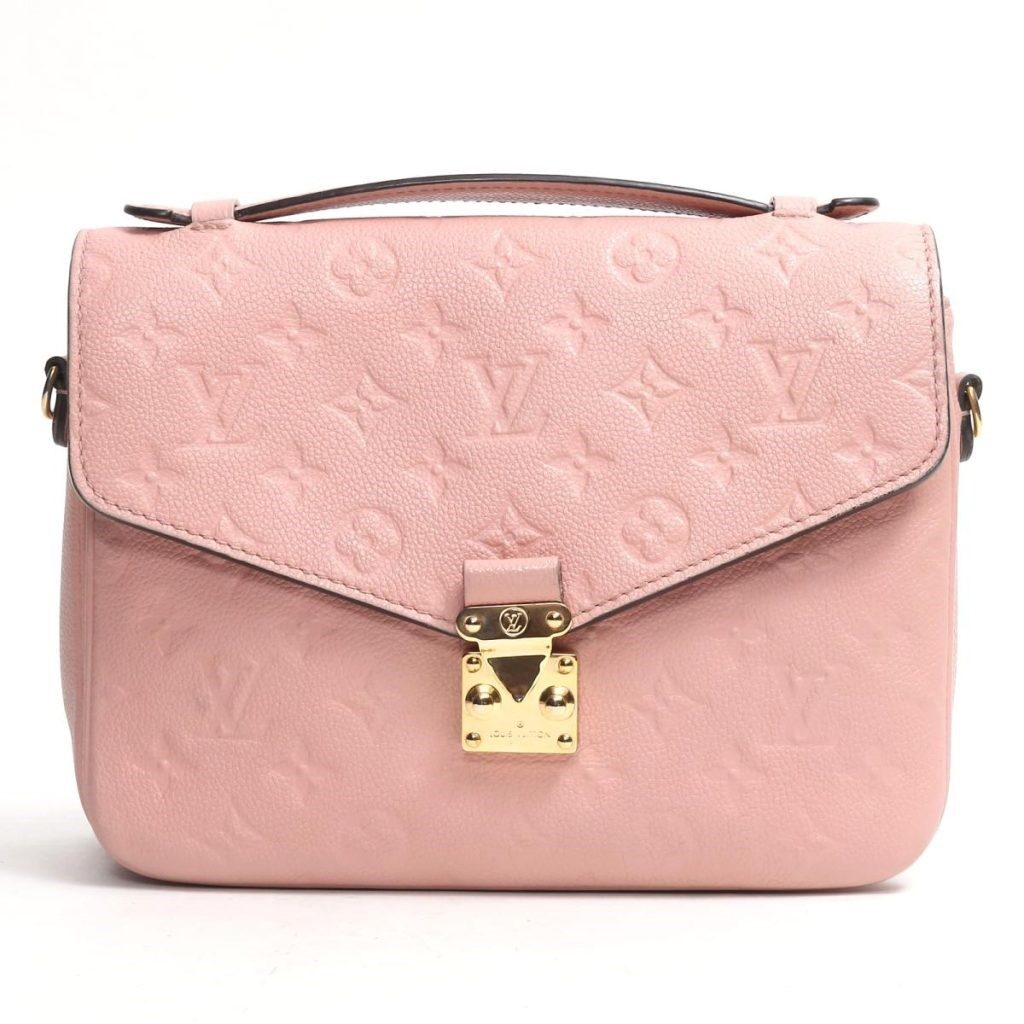
This Louis Vuitton print, which was only released in 2010, instantly became recognizable, and we can see why. High-quality calfskin has the iconic Monogram LV pattern deeply engraved onto it, giving it a striking appearance. You feel a strong want to touch each ornament even when you are only looking at an image of a bag with this pattern. Numerous models and silhouettes from the fashion company feature the newest classic prints.
Louis Vuitton Multicolor Monogram Canvas.
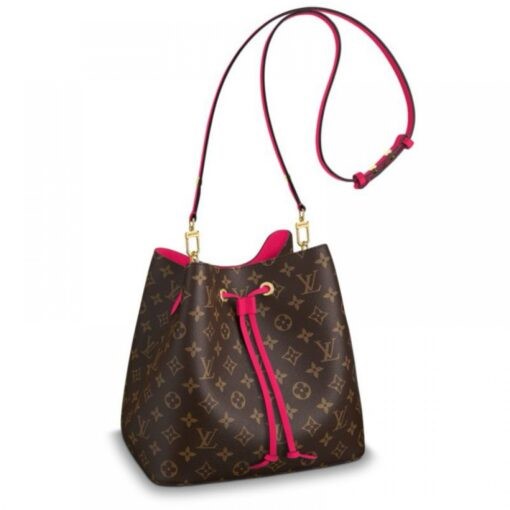
Out of all the limited artist collaboration prints, only Multicolor Monogram has become a classic. Multicolor Monogram, which had barely been around for 17 years, had already peaked in popularity before being withdrawn. The hue of the Louis Vuitton logo pattern and floral motifs is the primary characteristic of this Louis Vuitton print. 33 various bright colors were used in place of the traditional brown shade to give the pattern a fun, contemporary look on a background of white or black. Every member of the Kardashian/Jenner family has at least one bag from the Multicolor Monogram collection, making it a popular print among today’s influencers and celebrities.
Louis Vuitton Collaborations & Collections.
In addition to its traditional prints, Louis Vuitton has worked with several noteworthy modern artists. Working with great painters and photographers helped Louis Vuitton collections take on a new life and win over new devotees. The majority of the goods were only produced in small quantities and are currently only available in collectors’ closets or on the second-hand market.
The custom of asking artists to create new prints for subsequent collections was initially established in 2001 to commemorate the first-ever successful cooperation. The most well-known collaboration was with Japanese artist Takashi Murakami in 2003. Collaboration with Stephen Sprouse is most known for two prints: his fluorescent rose design and bags with a graffiti pattern. Richard Prince, a photographer and artist from Panama, and Louis Vuitton debuted a breathtaking collaboration during the Spring/Summer 2008 catwalk show. The fashion brand and Yaoyi Kusama, another Japanese artist, worked together in 2012. The highly anticipated collection from Louis Vuitton and Yayoi Kusama, who are working together for the second time, has the classic LV mark combined with Kusama’s well-known multicolored dots. During the company’s renowned cruise 2023 exhibition in San Diego in May, the brand initially hinted at the collaboration.

